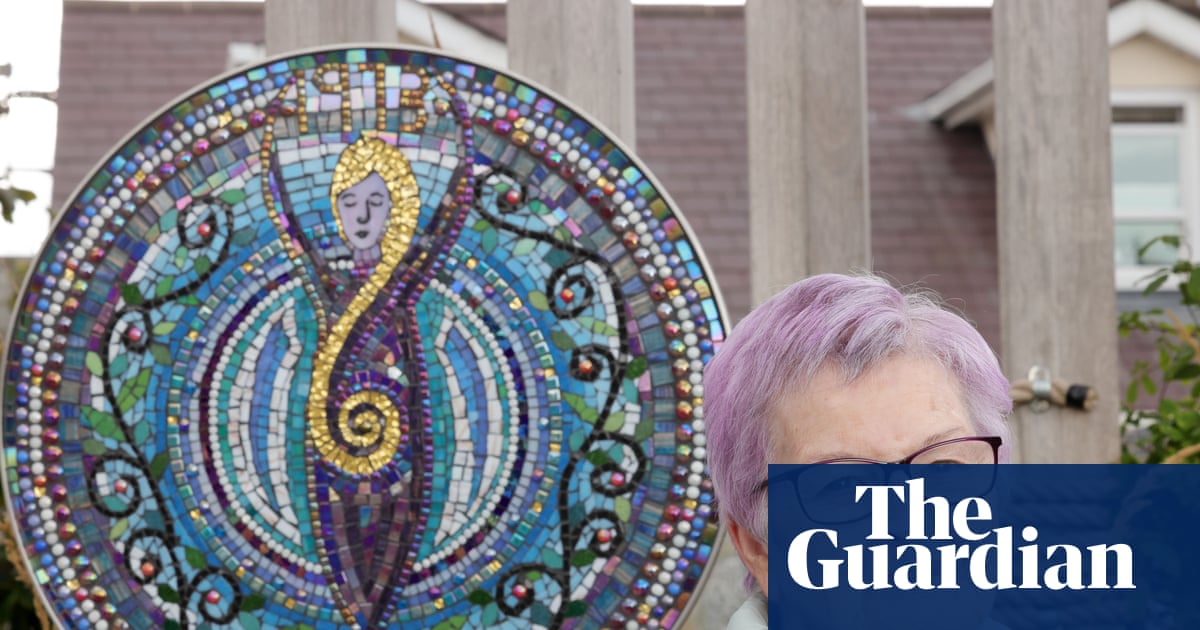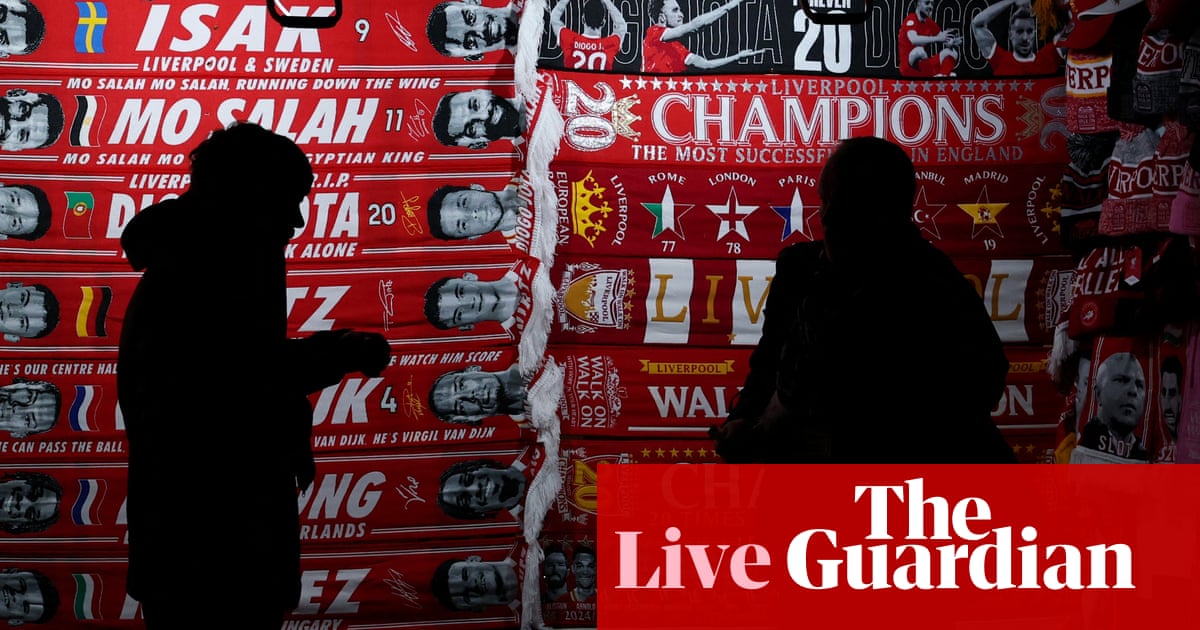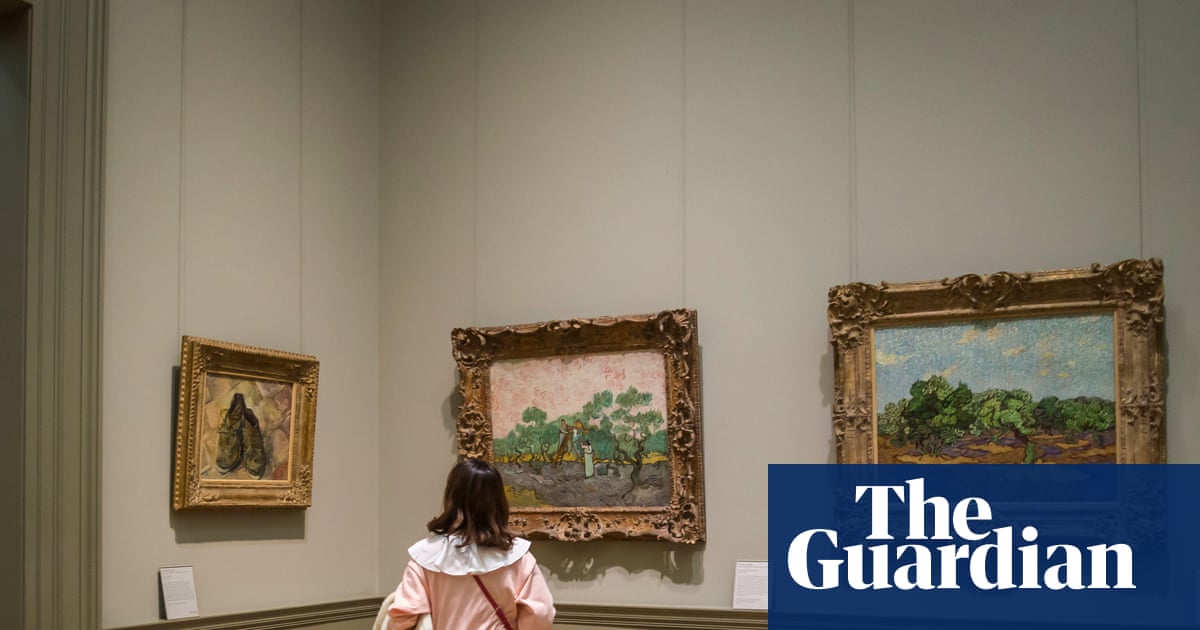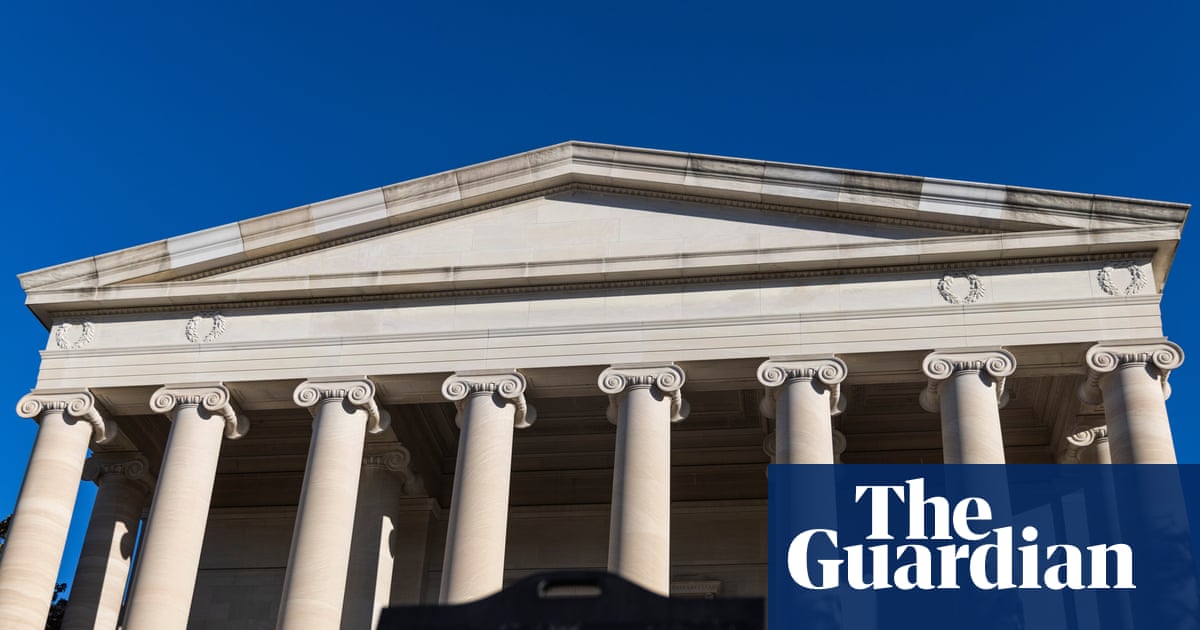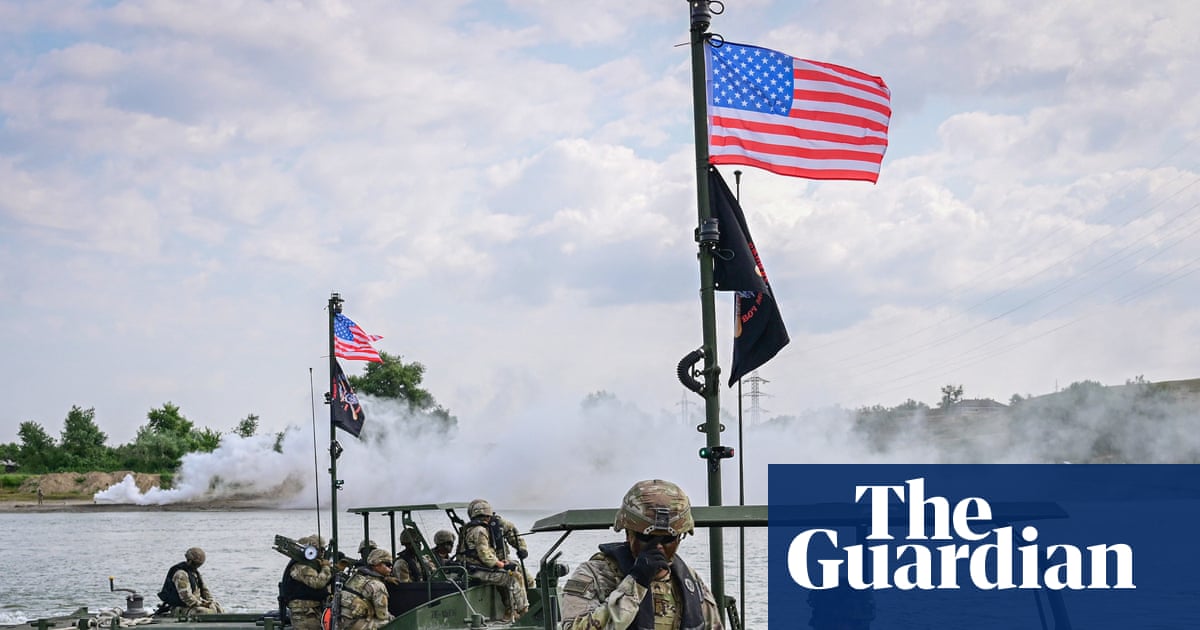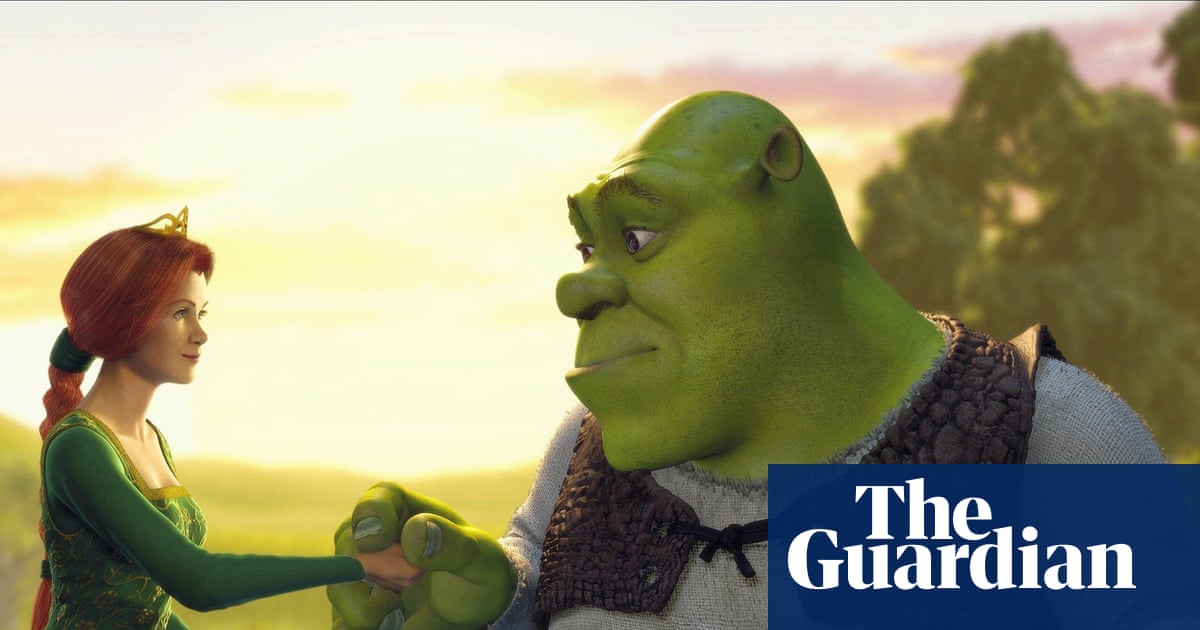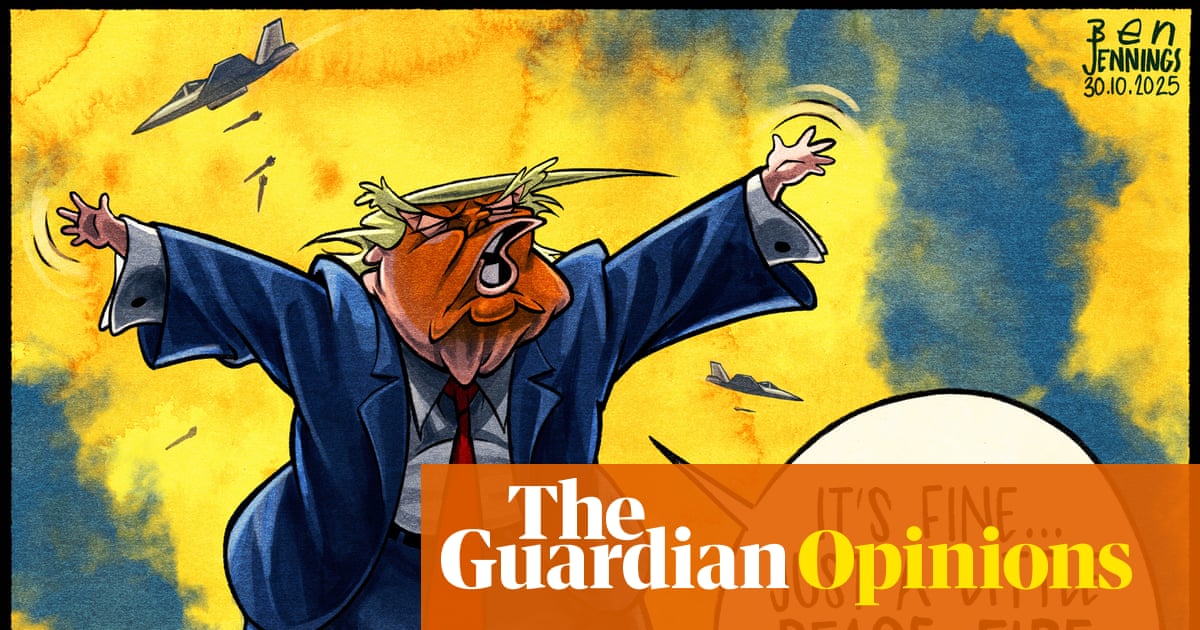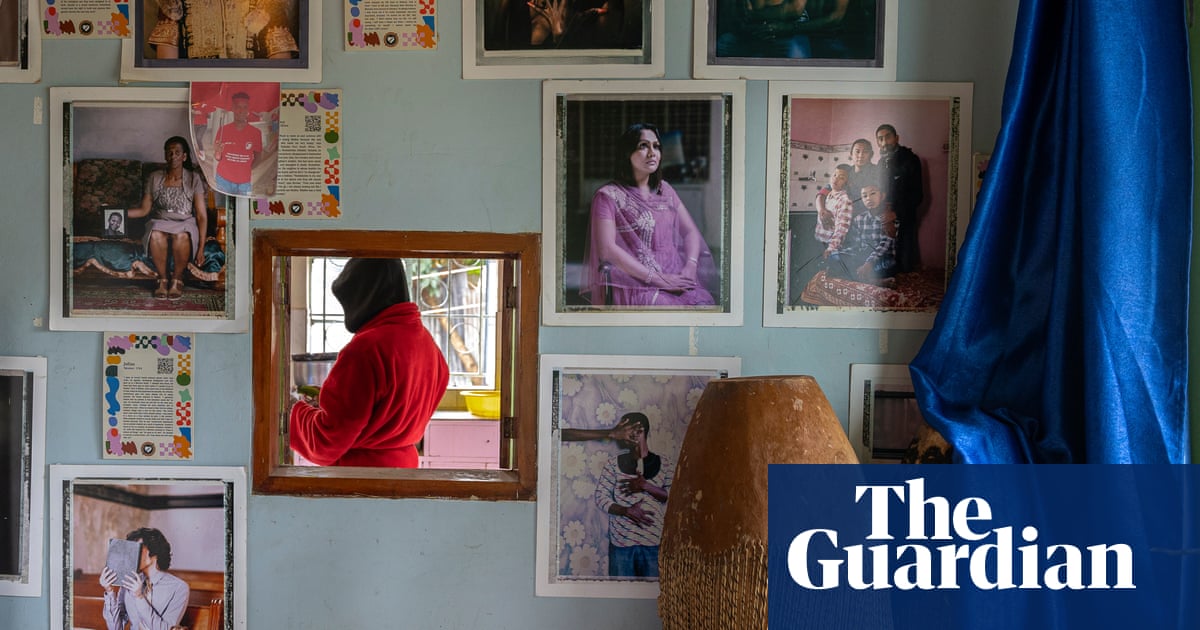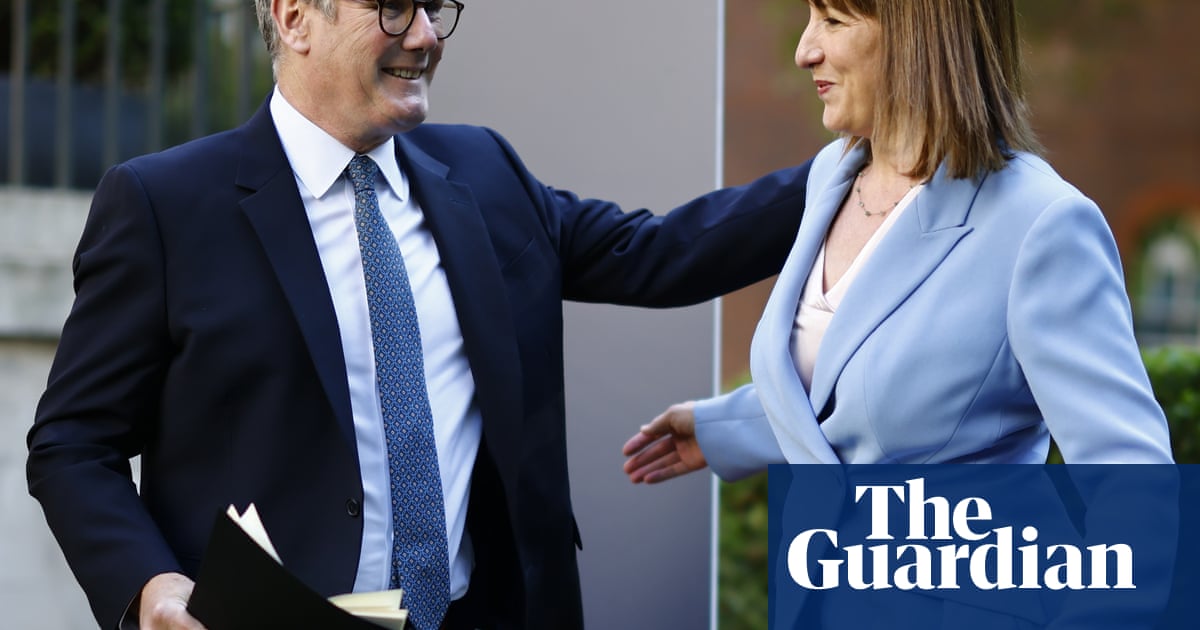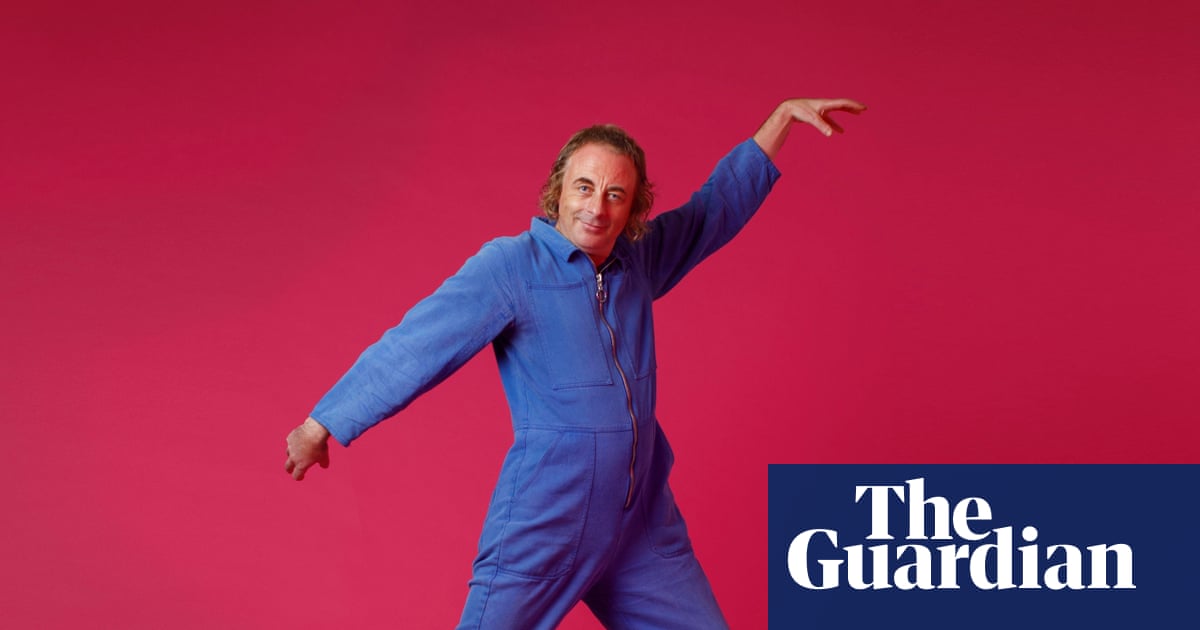As he would doubtless have admitted, the teenage John Michael “Ozzy” Osbourne did not seem much like someone with a glittering future ahead of them. His childhood had been troubled – he struggled at school, partly as a result of dyslexia, and suffered sexual abuse at the hands of two older bullies – and his prospects after leaving school aged 15 seemed non-existent. Even his attempts to become a criminal ended in farce. He was, he later noted, “fucking useless” as a burglar: a television he was attempting to steal fell on top of him; operating in the dark, he inadvertently stole a selection of baby clothes rather than the adult garments he had intended to sell around the pubs of his native Aston in Birmingham. Finally, he was caught and sent to prison for six weeks.
“OZZY ZIG NEEDS A GIG” read the card he left in the window of a local music shop, and “need” seems to have been the operative word: by the time he joined a heavy blues rock band called Earth as vocalist, he was out of other options. It wasn’t even as if Earth, or Black Sabbath as they became, offered an obvious ticket to fame and fortune: their big idea to advance their career involved loading their van up with equipment, then driving it to other artists’ gigs uninvited, sitting outside on the off-chance that one of the bands performing pulled out and they could fill in.
And when Osbourne opened his mouth to sing, you didn’t need to know about his dismal CV to realise life hadn’t dealt him a great hand. His voice was a desolate, unschooled wail, best suited to delivering songs that fitted the definition of rock’n’roll once offered by Dr Feelgood’s late frontman Lee Brilleaux: “Music about sod’s law and bad luck.”
The creation myth of Black Sabbath – and therefore of heavy metal, the genre they more or less invented singlehanded – is that it was a brilliantly canny piece of branding on the part of drummer Bill Ward: if people queued up to see horror films, why not create a rock equivalent? Black Sabbath certainly arrived fully formed – every one of the musical elements that made them legendary is perfectly in place on the eponymous opening track of their eponymous 1970 debut album – but the music they came up with in response to Ward’s idea felt organic, not calculated. Black Sabbath sounded like a product of their environment: a grim, provincial, industrial world, where the drugs associated with the hippy counterculture had arrived, but not the freedoms or opportunities enjoyed by London’s bohemian elite. And they sounded like a product of their era. If one response to the end of the 60s party was to be found in the wistful, delicate morning-after melancholy of 1970’s biggest-selling album, Simon and Garfunkel’s Bridge Over Troubled Water, then Black Sabbath provided another: music that seemed as if it was lumbering angrily around with the kind of monstrous hangover that feels more like a nervous breakdown, suffused with dark thoughts, alienation, self-hatred and paranoia.
Their debut still carried hints of the heavy blues band they had been – side two in particular sounds like a kind of curdled Cream – but by the time of 1970’s Paranoid, they had honed their style into something entirely unique. It was hugely successful – quadruple platinum in the US – but, as with every early Black Sabbath album, critically reviled in a way that now seems scarcely believable: “The worst of the counterculture on a plastic platter … bullshit … dull and decadent … dim-witted, amoral exploitation,” opined American writer Robert Christgau of the band. Their reception set the tone for the way heavy metal as a genre would be dismissed by “serious” rock critics for decades to come, but there was a curious sense in which it worked in Sabbath’s favour, turning them into the people’s band, who connected with a vast audience of disaffected teenagers (“the kid down the block … slumped in his bedroom gorged on Tuinal … finding justification for his cancerous apathy,” as one contemporary writer characterised their fans) without the aid of the media.
Osbourne bolstered that image himself. For all the dark mythology that surrounded the band – they seem to have spent a significant portion of the early 70s explaining to journalists that they weren’t actually satanists – he cut a curiously unstudied figure on stage. Watch the YouTube footage of the band performing at the California Jam festival in April 1974 and what’s striking is the disparity between the way they sound – monstrously heavy and dark – and the way Osbourne looks. No moody scowling or sullen posturing: he strips his shirt off, jumps up and down excitedly, claps along, raises his hands to the sky and waves his arms in delight. He behaves remarkably like a member of the audience who’s been allowed on stage and can’t quite believe his luck: in an era of rarefied rock gods preening, here was a rock star whose every move suggested he was just like you.
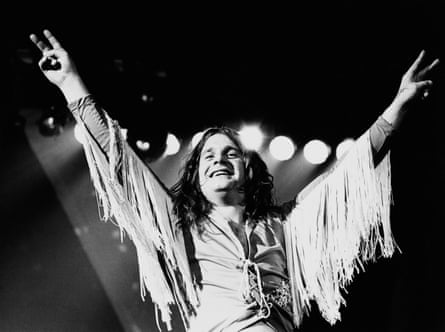
The California Jam footage arguably captures Black Sabbath at their peak. The following year, Sabotage brought to an end a run of virtually flawless albums: Paranoid, Master of Reality, Vol 4, Sabbath Bloody Sabbath. Osbourne considered leaving the band during the recording of 1976’s Technical Ecstasy, a confused attempt to expand their sound in the face of a changing musical climate – he toyed with starting a new band called Blizzard of Ozz – but instead found himself fired after the release of its underwhelming follow-up Never Say Die! His bandmates blamed drink and drug-related unreliability, Osbourne insisted that he was no more indulgent than the others. Whatever the truth, even Osbourne himself seemed to regard his sacking as the end of his musical career: he holed up in an LA hotel room, apparently intent on spending his severance pay on alcohol and drugs in the belief that “after this I’m going back to Birmingham and the dole”.
He reckoned without the intervention of the formidable Sharon Levy, sent to LA by her father, Black Sabbath’s manager Don, to keep an eye on the singer. The pair not only became romantically involved, marrying in 1982, they proceeded to pull off a dramatic reinvention of Osbourne’s career, hinging on a happy accident and an inspired idea.
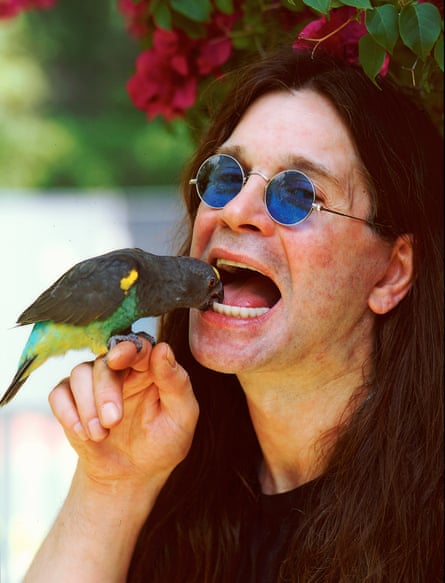
The happy accident was Osbourne stumbling across a virtually unknown guitarist called Randy Rhoads. In Rhoads’ retelling of the story, Osbourne was so drunk at his audition that he hired him after only hearing him tune up. The inspired idea was to embrace the kind of negative attention that Black Sabbath had always attempted to dismiss. By the early 80s, heavy metal was a hugely successful musical genre. As its stock rose, so did the attention paid to the kind of lyrical themes that Black Sabbath had once specialised in. In the US in particular, rightwing conservatives and Christian fundamentalists created a mini-industry in taking self-evidently preposterous metal lyrics at face value and detecting inferences that were clearly completely unintentional. If heavy metal was now deemed an authentic threat to public morality rather than escapist entertainment, was Osbourne and Arden’s thinking, then the genre’s co-creator should be an embodiment of outrage.
Out went the excitable frontman who was just like you. In came Ozzy Osbourne, cartoonish Prince of Darkness, who bit the head off a dove during a record company sales convention, then repeated the trick on stage in Des Moines, Iowa, this time with a live bat; took all his clothes off and dipped his testicles in a glass of wine at a dinner with his German label bosses; and urinated on the Alamo Cenotaph.
It wasn’t entirely clear whether Osbourne himself was working to some brilliant self-publicising masterplan or just a raging alcoholic doing ridiculous things because he was pissed, but either way, the attendant controversy sent his popularity skyward, helped by the fact that his first two solo albums, 1980’s Blizzard of Ozz and 1981’s Diary of a Madman, were infinitely better records than anyone who had encountered Osbourne towards the end of his tenure with Sabbath would have believed he was capable of making. His voice was apparently unaffected by the abuse he visited upon his body. Rhoads was a lavishly gifted guitarist, his classical training – most obvious on Diary of a Madman’s title track – shifting his playing away from the blues-based style that had dominated hard rock in the 70s, presaging the way heavy metal would move in the 80s. The songs they came up with were more varied than the cartoon imagery would suggest: the most obvious influence on Goodbye to Romance was Osbourne’s beloved Beatles in their psychedelic prime.
The albums and the outrage made Osbourne so famous as a solo star, he seemed weirdly impregnable. Nothing, it appeared, could dent his success. Not the death of Rhoads in a 1982 plane crash, nor the noticeable decline in quality of Osbourne’s albums – 1982’s pointless collection of re-recorded Black Sabbath songs Speak of the Devil, the full-bore glam metal of 1983’s Bark at the Moon – nor his increasing addiction problems. He sounded rejuvenated by the arrival of guitarist Zakk Wylde on 1988’s No Rest for the Wicked and 1991’s No More Tears, but in between was arrested for attempted murder after strangling his wife, Sharon, during a drink and drug binge.
He subsequently emerged from rehab – his marriage, incredibly, still intact – but remained an uneven recording artist for the rest of his life. Genuinely great albums – including 2001’s underrated Down to Earth, reunited with Wylde and with a pre-Metallica Robert Trujillo on bass – shared space in his discography with wan efforts such as 1995’s hopelessly overproduced Ozzmosis, and stuff that lurked somewhere inbetween, a category in which you might reasonably place Black Sabbath’s Rick Rubin-produced reunion album 13. You could never have accused Osbourne of shying away from the unexpected, whether it was experimenting with Auto-Tune on 2022’s Patient Number 9, or offering up a remarkably faithful version of John Lennon’s distinctly soppy Woman on 2005’s Under Cover. Again, the mixed quality of his output did nothing to affect his standing. His celebrity was boosted by reality show The Osbournes, which elevated him to national treasure status, something it was hard to imagine happening in the years when his audience was held to be Tuinal-gorged losers scarred by the cancer of apathy. And perhaps more importantly, under Sharon Osbourne’s aegis, he fully embraced his Godfather of Metal tag, presiding over the scores of younger artists who appeared at his annual Ozzfest tours – and, finally, his poignant farewell with the all-star Back to the Beginning concert, just three weeks ago. The sheer number of artists who turned out to pay homage in Villa Park was astonishing: it said everything about the regard in which the band and its frontman were held by the metal community.
However much heavy metal has changed and developed over the last 56 years, it’s very difficult to imagine how it might have turned out had Black Sabbath not existed. Every artist who chose to work in the genre thereafter – and indeed umpteen artists that didn’t – carries something of Black Sabbath in their DNA, and one suspects they always will. It’s equally hard to imagine Black Sabbath making anything like the impact they did without Ozzy Osbourne. “I always thought that whatever I had was temporary,” he wrote in his autobiography I Am Ozzy, a line that perhaps harks back to his desperate pre-Sabbath early years. The exact opposite proved to be true.

 3 months ago
43
3 months ago
43


